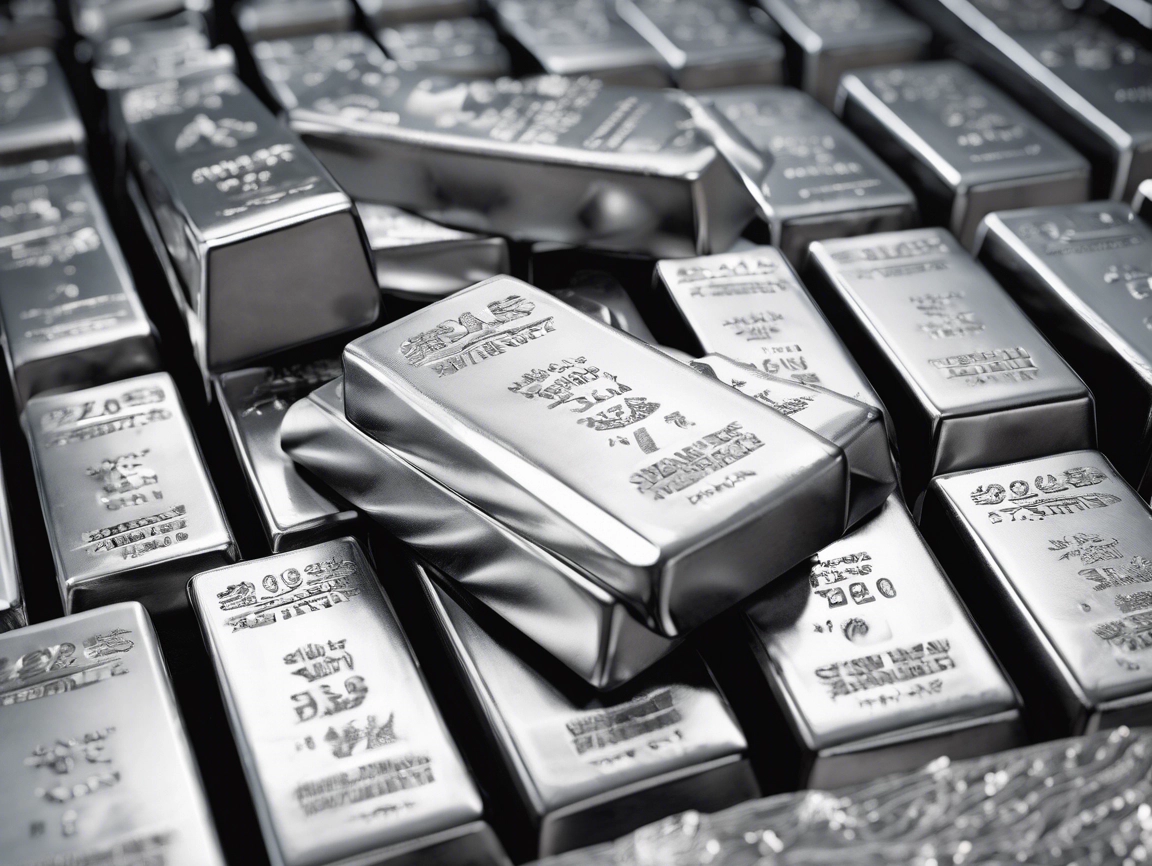MENA Coalition Challenges Impact Oil, Gold, and Silver Markets
In the evolving landscape of global commodities, the Middle East and North Africa (MENA) coalition is proving to be a significant force reshaping the dynamics of essential markets such as oil, gold, and silver. The region, historically known as a hub for energy resources, is increasingly becoming influential in the precious metals sector. This evolution adds layers of complexity to economic and geopolitical considerations in the global market. With its abundant resources and strategic geopolitical position, the MENA coalition is uniquely poised to challenge existing market structures and introduce new dynamics that can have ripple effects worldwide.
**Understanding these changes** is crucial, as they impact investment strategies, market forecasts, and the global economy at large. As geopolitical tensions evolve and sustainability becomes a central focus, the influence of the MENA region on **raw materials and precious metals** is bound to grow. Furthermore, recent trends indicate a shift towards leveraging new technologies and increasing environmental awareness, impacting mining practices and consumption patterns. As a stakeholder in the commodities market, staying informed about these trends is not merely advantageous—it’s essential.
Geopolitical Influence and Market Dynamics
The MENA region’s geopolitical landscape adds a unique dimension to its impact on commodity markets. With numerous OPEC members deeply embedded in the coalition, the region holds considerable sway over global oil supplies. Political decisions made within this bloc often precipitate shifts in oil prices, directly affecting gold and silver markets. Investors frequently turn to these precious metals during oil market volatility, driving up their prices as safe-haven assets.
– The strategic geopolitical position of the MENA region
– Influence of OPEC decisions on oil price stability
– Precious metals as safe-haven investments during market volatility
Recently, the MENA coalition has taken initiatives to stabilize oil prices, align with global environmental goals, and diversify economies reliant on fossil fuels. Such moves are crucial as they signal a transition that could redefine energy market patterns and precipitate changes in related sectors, including gold and silver.
New Market Trends in Precious Metals
In the realm of precious metals, the MENA region has demonstrated a growing significance as both a producer and consumer. Gold mining in countries like Saudi Arabia is on an upswing, with innovative technologies enhancing extraction processes and efficiency. This increased production meets not only global demand but also supports domestic markets where gold remains integral to cultural investments and wealth preservation strategies.
Additionally, **silver, often overshadowed by gold, is gaining prominence**. Its industrial applications in electronics and solar panels align with the MENA region’s **economic diversification strategies** and sustainable energy pursuits.
– Rising gold production in Saudi Arabia
– The cultural significance of gold in the MENA region
– Increased demand for silver in industrial applications and technology
The shift in market trends suggests a broader, integrated approach to economic resilience, leveraging the region’s natural resources while adapting to global economic shifts.
Environmental and Technological Impacts
The environmental and technological impacts of MENA’s coalition strategies are substantial. As nations transition towards sustainable and diversified economies, **there is a marked increase in technological investment**, not only in fossil fuels but across the entire spectrum of natural resources, including mining industries.
Technological innovation is at the forefront, focusing on minimizing environmental degradation. Governments and corporations are actively investing in **green mining technologies**, striving to reduce the carbon footprint and conserve ecosystems. Additionally, water conservation and waste management are crucial areas where significant advancements are being made to ensure mining practices are sustainable and eco-friendly.
– Investment in green mining technologies
– Efforts to reduce carbon footprint
– Advances in water conservation and waste management
These endeavors not only aim to meet international environmental standards but also enhance the region’s appeal to environmentally conscious investors.
Future Prospects and Strategic Considerations
Looking ahead, the MENA coalition’s influence on oil, gold, and silver markets is expected to continue evolving. As **global demand for energy and precious metals persists**, the coalition’s strategies will likely center on balancing economic growth with environmental stewardship.
For investors and businesses operating within these markets, understanding the **MENA coalition’s strategic directions** provides critical insights into potential market movements and investment opportunities. With the ongoing shifts towards environmental sustainability and technological integration in resource extraction and management, stakeholders must stay proactive in adapting to market changes.
– Ongoing balancing of economic growth and environmental goals
– Strategic insights into MENA coalition activities
– Adaptation and positioning for market shifts
In conclusion, the MENA coalition’s growing impact on oil, gold, and silver markets presents a multifaceted picture involving geopolitical dynamics, **economic diversification**, and environmental consciousness. Staying informed about these developments is







